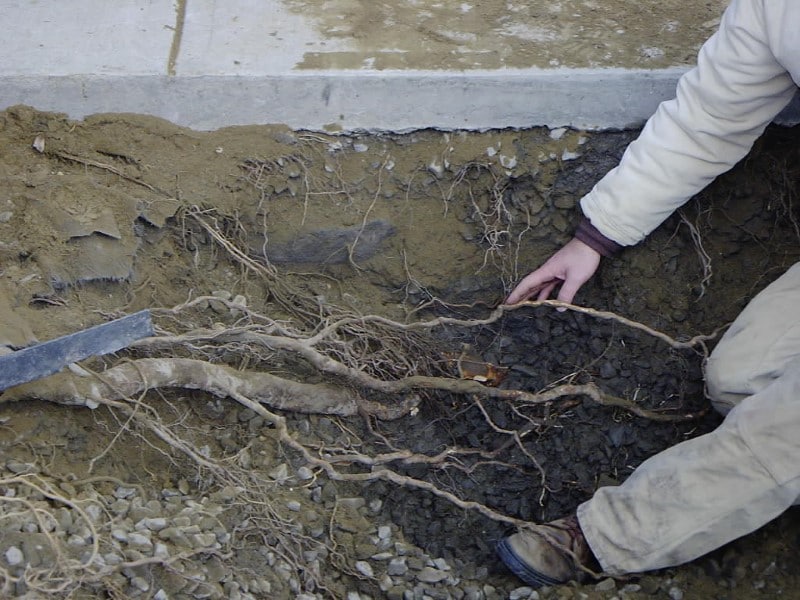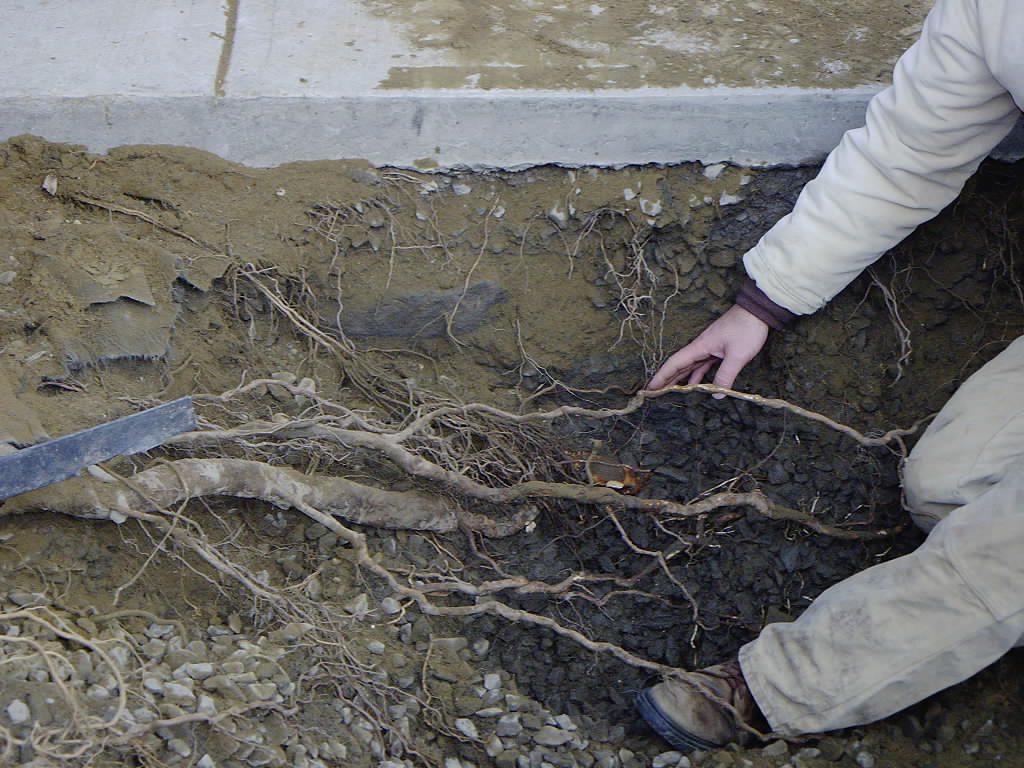This article will cover how to keep roots away from raised mound systems. How to keep roots away from raised mound systems?… This is one of the usual questions that boggle a homeowner’s mind. If you are one of the property owners who have raised mound systems in place of a conventional septic system, then you could be wondering how to ward off those invasive roots. As you know, hardwood plants including trees are living organisms. Like any other living being, plants need a steady supply of water and nutrients. Their roots usually look for the closest sources they could find because they cannot move. Once they locate a rich source, they grow into that source and access as much as they can. If you have a garden over or near your sand mound system, you should think of ways on how to keep the roots away. If you don’t address this issue immediately, you will eventually have bigger problems to deal with in the long run.
Raised mound systems have oxygen. This enables the soil bacteria to thrive and help treat wastewater. It is also a shallow system, just like the conventional, underground septic system. they make up only 6 to 12 inches, with all the media and pipes installed. Raised mound systems also need protection from erosion. Because of this, there should be a cover of vegetation over the system during late fall and early spring. It is important to choose the right type of vegetation to place over your raised mound. It should be well established so that the coming snow will always be compressed tightly with the soil. This will insulate the raised mound system together with the construction fabric that it already has. Always take note that the depth of tree roots differ because of the species of trees and the depth of their root growth.
To help in keeping tree roots away from your sand mound, you should know some facts about tree rooting behavior. The following are some characteristics of tree rooting that you should take note of:
- Depth of the tree rootMost fine tree roots thrive in the first 12 inches, first 36 inches, and first 48 inches from the surface of the soil.
- Lateral spread of the rootsSome trees have their roots extend about 2 to 3 times their drip lines when they are in sandy soil. In loam or clay soil, the roots extend about five times their drip line.
- Tap root systemThe development of the tap root system is dependent on soil quality, age, and species. It is common practice for the taproot to be cut off so that lateral growth can start. Soil compaction and texture will determine if the young roots will develop other taproots or none at all.
- Sinker rootsThese roots vertically grow in to eth soil until they find a steady source of water. When they finally hit their source they will start developing their root mass. Sinker roots are known to grow up to 114 inches deep.
- Tree speciesThe tree’s genus is also another factor in tree root growth. Some trees have roots that spread widely or deeply into the ground so that they could look for the best possible source of water and nutrients.
The practice of keeping roots away from your raised mound system requires the expertise of your local arborists. With their expertise, they will be able to provide you with the right type of trees and plants to incorporate into your garden. As much as possible, they see to it that the septic system is far away from the trees as possible. You can also seek expert advice from your septic expert when it comes to tree root prevention. They usually apply a chemical into the soil to ward off roots. They usually dig small holes around your raised mound and fill those with root killers, which discourage roots from entering the raised mound system. With the right facts and processes you will be able to learn how to keep roots away from raised mound systems. Your entire property will thank you for it.

